Table of Contents
Introduction
The mysteries of the universe have always captivated mankind, and space telescopes have been our gateway to explore the vast cosmos. This article delves into the fascinating journey of space telescopes, from the pioneering Hubble Telescope to the cutting-edge Webb Telescope.
The Hubble Space Telescope, launched in 1990, was a visionary leap into space. Rising above Earth’s atmosphere, it provided an unobstructed view of the heavens, capturing breathtaking images and crucial scientific data. Hubble’s discoveries reshaped our understanding of the universe, revealing distant galaxies, stunning nebulae, and the age and expansion rate of the cosmos. However, its path to success was not without challenges. Initial setbacks were faced due to optical flaws that required a daring mission to repair and enhance its capabilities.
Beyond the Hubble, other space telescopes have followed, each pushing the boundaries of exploration further. The James Webb Space Telescope, the successor to Hubble, boasts even more advanced technology and promises to unlock unprecedented insights into the early universe and exoplanets. These space observatories are the fruits of meticulous planning and engineering by dedicated professionals.
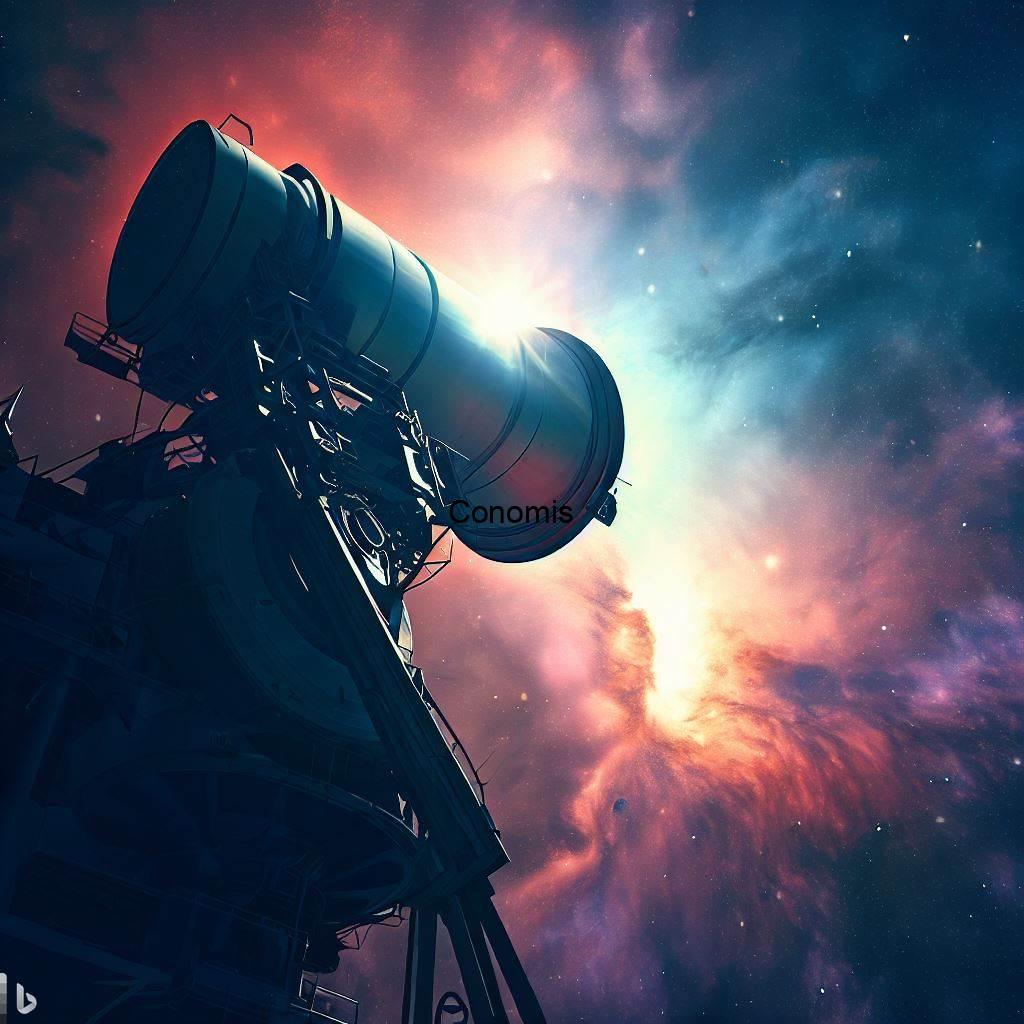
System engineers play a crucial role in ensuring the success of space missions. They design and implement the intricate systems that allow telescopes to function flawlessly in the harsh conditions of space. Manufacturing and planning systems for space exploration are no small feat, as they must endure extreme temperatures, cosmic radiation, and isolation from Earth.
Space telescopes effectively act as time machines, enabling us to witness the universe’s birth and evolution billions of years ago. They peer back in time, unraveling the secrets of the cosmos and providing a glimpse into our past and future.
In conclusion, space telescopes have been instrumental in expanding our knowledge of the universe. They have proven to be powerful tools, advancing our understanding of celestial phenomena and answering some of the most profound questions about our place in the cosmos. The continued development of these remarkable instruments promises even more revelations and adventures in the realm of space exploration.
The Complex Webb Telescope: Advancing the Frontiers
The James Webb Space Telescope (Webb) is the much-anticipated successor to the iconic Hubble Telescope, poised to take space exploration to unparalleled heights. Decades of development, innovation, and ingenuity have culminated in the creation of this extraordinary instrument, equipped with cutting-edge technologies and a meticulously designed sunshield to enable it to peer into the depths of the universe and uncover its ancient secrets.
The journey of Webb has been a testament to human perseverance and dedication. It was conceptualized and initiated as early as the 1990s, with ambitious goals of surpassing the capabilities of Hubble and providing humanity with a new perspective of the cosmos. The telescope’s construction and testing involved the collaboration of scientists, engineers, and researchers from around the world, pooling their expertise and resources to make this visionary project a reality.
Webb’s technological marvels set it apart from its predecessors. Its advanced mirrors and sensors will capture light from the farthest reaches of space, enabling astronomers to study distant galaxies, nebulae, and even exoplanets with unparalleled clarity and precision. The telescope’s sunshield, an intricate and delicate masterpiece, shields Webb from the Sun’s intense heat, allowing it to maintain optimal operating temperatures in the extreme cold of space.
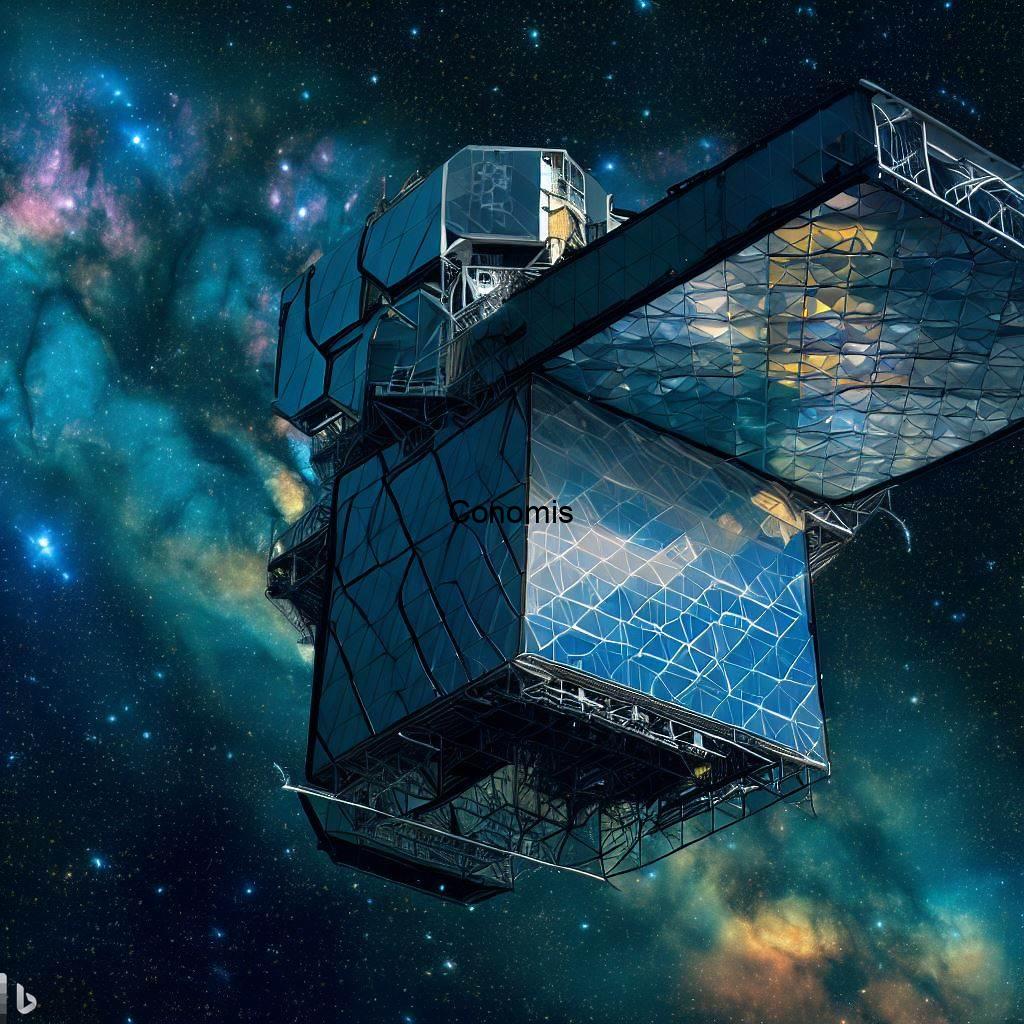
With its launch, the James Webb Space Telescope will embark on an extraordinary journey, traveling to a position beyond Earth’s orbit, known as the second Lagrange point or L2, approximately 1.5 million kilometers away. From this vantage point, Webb will explore the cosmos free from the interference of Earth’s atmosphere, unlocking secrets of the early universe and shedding light on the origins of galaxies and stars.
As Webb’s powerful instruments gaze into the past, they will provide scientists with a time machine to study the universe’s infancy, helping us understand its evolution over billions of years. The discoveries made by Webb are expected to reshape our understanding of the cosmos, revolutionizing astrophysics and inspiring generations to come.
In conclusion, the James Webb Space Telescope stands as a testament to human innovation and determination in the pursuit of knowledge and exploration. Its cutting-edge technologies and carefully engineered design promise to expand our understanding of the universe and ignite the imaginations of people worldwide. As Webb embarks on its groundbreaking mission, it is poised to become a symbol of scientific progress, pushing the boundaries of space exploration and opening new frontiers in our quest to comprehend the mysteries of the cosmos.
The Integral Role of System Engineers in Space Missions
The success of any space mission owes a significant debt to a team of unsung heroes: the dedicated system engineers. These behind-the-scenes professionals play a crucial role in orchestrating the entire operation, ensuring that space systems function flawlessly in the unforgiving environment of space. Their expertise spans a wide range of disciplines, from designing and testing to deploying and managing intricate space systems.
System engineers are responsible for conceptualizing and developing the intricate architectures that power spacecraft, satellites, and other instruments used in space exploration. They meticulously plan each aspect of the mission, taking into account the extreme conditions of space, such as extreme temperatures, vacuum, and cosmic radiation, which can pose serious challenges to the functionality of equipment.
The engineering team’s role doesn’t end with planning. Rigorous testing is a critical phase where engineers simulate space conditions on Earth to assess the performance and resilience of their designs. These tests ensure that space systems can withstand the rigors of launch and operate reliably throughout the mission’s duration.

Once in space, the engineering team monitors the systems remotely, ensuring smooth operations and swift responses to any unexpected issues. Their vigilance and expertise play a pivotal role in maintaining mission success and safety for both crewed and robotic space missions.
The importance of system engineers cannot be overstated. Without their dedication, knowledge, and attention to detail, the marvels of space exploration that we witness today would remain elusive dreams. It is through their hard work and passion that humanity continues to push the boundaries of space exploration, unlocking the secrets of the cosmos and broadening our understanding of the universe. As we celebrate the achievements of astronauts and scientists in space missions, let us also recognize and honor the invaluable contributions of these system engineers, the unsung heroes who make it all possible.
Manufacturing and Planning System Issues in Space Missions
Manufacturing and planning systems for space missions demand a level of precision and consideration like no other. The unique challenges posed by space environments require engineers to design and construct systems that can withstand extreme conditions. Among these challenges are the searing heat of the sun and the freezing cold of deep space, the relentless cosmic radiation, and the absence of atmosphere, resulting in a vacuum that can wreak havoc on unprepared equipment.
Engineers must factor in these unforgiving conditions during the manufacturing process, selecting materials and components that can endure such harsh extremes. Every aspect of the system’s design must be meticulously tested and validated to ensure it will function flawlessly in the void of space. A single failure in such an environment can have catastrophic consequences, jeopardizing the entire mission.
In addition to the challenges of manufacturing, planning for a space mission requires exhaustive preparation and foresight. Engineers and mission planners must consider every eventuality and potential risk, as there are no repair shops in the cosmos. Once a spacecraft embarks on its journey, it is on its own, far from the reach of human hands.

Meticulous planning and redundancy systems are essential to minimize the chances of failure. Even with the most meticulous preparation, unexpected events can occur, and space missions can encounter unforeseen challenges that demand quick and creative problem-solving from mission control.
Despite these formidable challenges, space exploration has continued to push the boundaries of human knowledge and achievement. Through the perseverance and ingenuity of engineers and space agencies, we have reached distant planets, explored the depths of space, and glimpsed the wonders of the cosmos.
As we venture further into the unknown, the lessons learned from past missions continue to inform and inspire future endeavors. Each successful space mission is a testament to human determination, curiosity, and the collaborative efforts of countless individuals working tirelessly to unveil the mysteries of our universe.
Space Telescopes as Time Machines
Space telescopes possess an awe-inspiring ability that sets them apart from terrestrial observatories: they serve as cosmic time machines. This extraordinary characteristic allows these telescopes to capture light that has traveled across vast distances in space, presenting scientists with a unique opportunity to peer back into the depths of time and observe the universe as it appeared billions of years ago.
As light traverses the vast expanse of space, it carries with it a record of the distant past. Space telescopes, perched above Earth’s atmosphere, can intercept this ancient light, offering a portal to bygone eras in the cosmic history. By analyzing this ancient light, scientists can reconstruct the early universe, observe distant galaxies, and explore the birth of stars and planets.
This ability to observe the universe across cosmic time has yielded profound insights into the evolution of the cosmos. Scientists have been able to trace the expansion of the universe, study the formation of galaxies and galaxy clusters, and gain a deeper understanding of the processes that have shaped the universe since its inception.
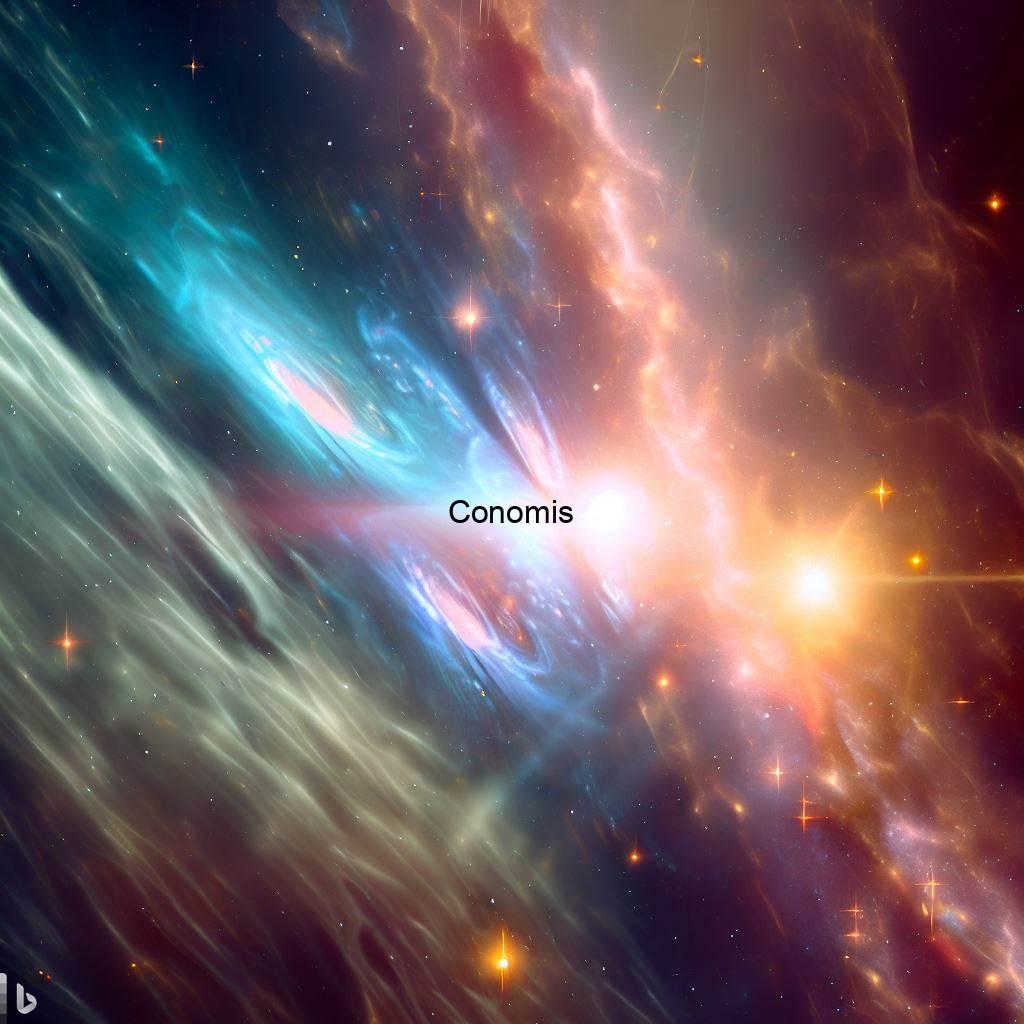
The information gleaned from these time-traveling telescopes has challenged and refined our understanding of fundamental cosmological concepts, such as dark matter, dark energy, and the fate of the universe. It has also shed light on the origins of celestial structures and the intricate dance of galaxies throughout cosmic history.
By acting as cosmic time machines, space telescopes have become invaluable tools in unlocking the mysteries of the universe. They allow us to glimpse the distant past and grasp the forces that have shaped the cosmos into what we see today. As technology continues to advance and new telescopes are launched, we can look forward to even more astonishing discoveries that will further enrich our knowledge of the cosmos and our place within it.
Understanding the Universe: How Telescopes Work
Telescopes, the eyes of astronomers, exist in a multitude of forms, tailored to observe specific cosmic phenomena. Among them are optical telescopes, which employ lenses and mirrors to capture and concentrate light from distant objects, and radio telescopes, designed to detect radio waves emitted by celestial bodies. By collecting and analyzing data through these diverse instruments, scientists unravel the enigmas surrounding distant celestial objects.
Optical telescopes rely on lenses and mirrors to capture visible light from stars, galaxies, and other cosmic entities. These telescopes can reveal detailed images of these objects, providing invaluable information about their composition, motion, and characteristics. They have been instrumental in identifying new planets, studying star formation, and mapping the distribution of galaxies in the universe.
On the other hand, radio telescopes are specialized instruments that detect radio waves emitted by celestial bodies. These waves are invisible to the human eye, but radio telescopes can convert them into meaningful data. They allow scientists to study phenomena like pulsars, quasars, and cosmic background radiation, offering insights into the birth and evolution of stars and galaxies.
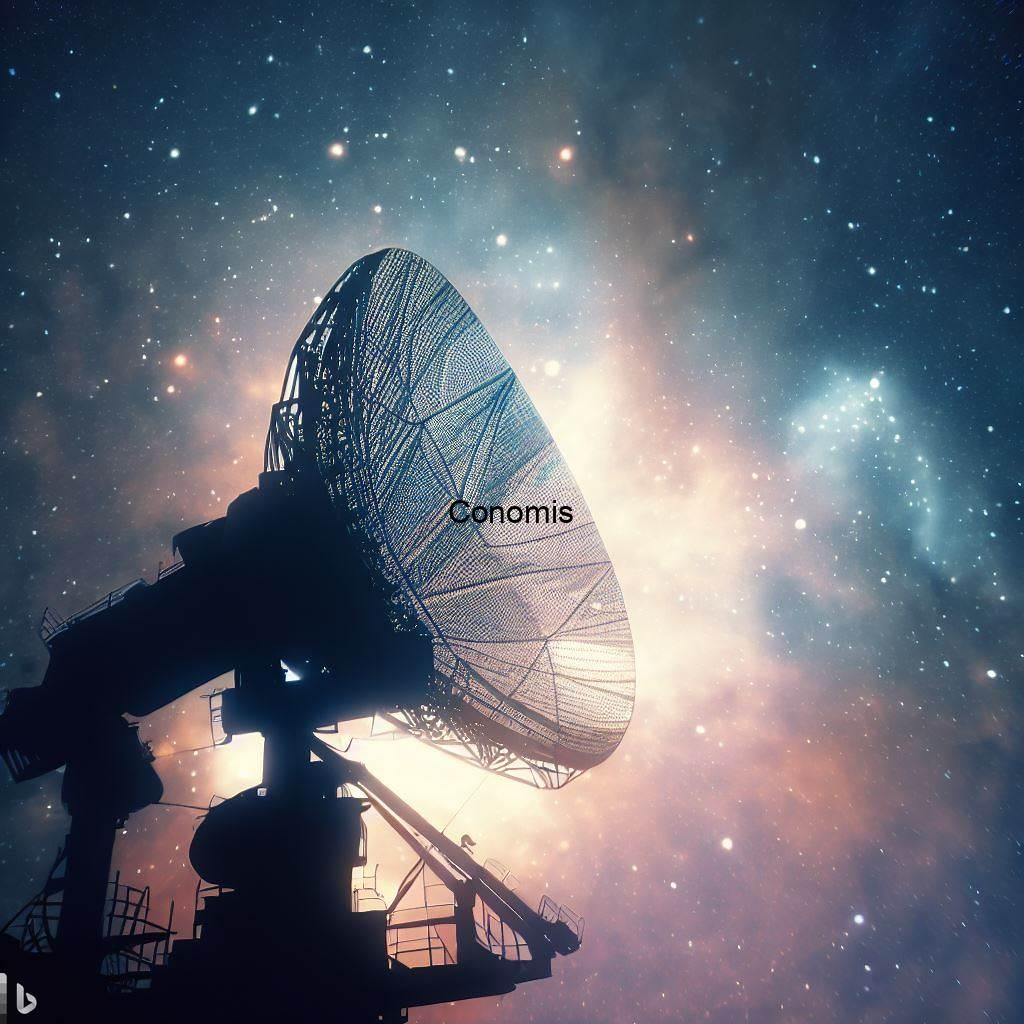
Both types of telescopes serve as powerful tools in understanding the universe’s vast complexities. The data collected by these instruments enables astronomers to construct models and theories about the cosmos, aiding in our comprehension of the universe’s origin, structure, and evolution.
By employing a diverse array of telescopes, astronomers can uncover the mysteries of distant celestial objects, revealing the secrets hidden in the far reaches of the cosmos. Each type of telescope adds a unique piece to the puzzle of the universe, and together, they form an indispensable toolkit for humanity’s exploration of the cosmos. As technology advances and new telescopes are developed, the future holds the promise of even more astonishing discoveries that will expand our knowledge of the universe and our place within it.
The Awakening of the Earliest Stars and Galaxies
Unraveling the mysteries of the early universe remains a paramount objective for space telescopes. These remarkable instruments strive to capture light emitted by the first galaxies and witness the celestial spectacle of stars being born. In doing so, scientists are rewarded with invaluable insights into the origins of our universe and the fascinating evolution of galaxies across billions of years.
The light from the first galaxies carries a precious record of cosmic history, providing a glimpse into the universe’s infancy. Space telescopes, positioned far above Earth’s atmosphere, can capture this ancient light, allowing astronomers to peer back in time. By analyzing this light, scientists can study the early conditions of the cosmos, understand the formation of galaxies, and examine the processes that laid the foundations for the universe as we know it today.
Observing the birth of stars is another crucial aspect of this cosmic quest. Stars are the fundamental building blocks of galaxies, and their formation and evolution shape the development of the universe. Space telescopes enable astronomers to witness the birth of stars in stellar nurseries, unveiling the intricate processes that lead to the emergence of these luminous celestial bodies.

The information gleaned from observing the early universe has profound implications for our understanding of the cosmos and our place within it. It provides valuable data for cosmological models, sheds light on the distribution of matter and dark matter, and enhances our knowledge of cosmic structures and interactions.
As space telescopes continue to push the boundaries of exploration, the quest to observe the early universe remains an inspiring and transformative endeavor. It fuels the curiosity of scientists and the imaginations of people worldwide, igniting a passion for discovery and deepening our connection with the vast and enigmatic cosmos. The exploration of the early universe is a testament to human ingenuity and our unwavering desire to comprehend the grand tapestry of the universe’s history.
From Big Bang to Modern Galaxies: A Stellar Journey
Space telescopes have bestowed astronomers with an extraordinary ability—to gaze back in time and witness the monumental events that shaped the universe. These telescopes serve as cosmic time machines, enabling scientists to observe phenomena like the Big Bang, the explosive event that birthed the cosmos. By studying these ancient occurrences, astronomers meticulously piece together a timeline of cosmic evolution, illuminating the profound history of the universe.
The light captured by space telescopes from distant celestial objects carries information about the past. As light travels through space at a fixed speed, the farther away an object is, the longer its light has been traveling, and thus, the older the image we observe. For instance, when astronomers peer at distant galaxies, they are essentially observing them as they appeared billions of years ago.
The pivotal moment of the universe’s birth, known as the Big Bang, occurred nearly 13.8 billion years ago. Although humans cannot witness it directly, space telescopes offer an indirect view by detecting cosmic microwave background radiation—the afterglow of the Big Bang. By analyzing this radiation, scientists glean insights into the universe’s early conditions and its subsequent expansion and evolution.
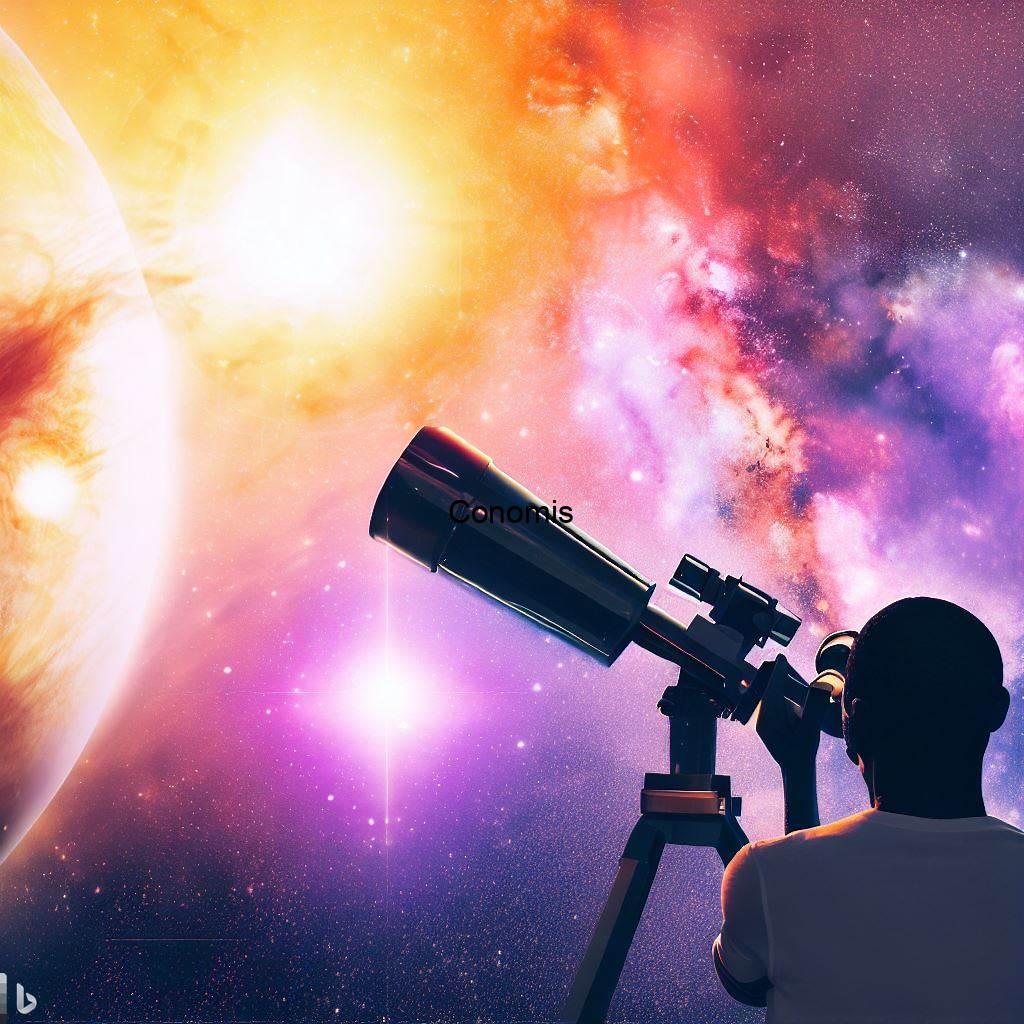
Through this meticulous study of ancient phenomena, scientists construct a coherent timeline of cosmic evolution. They trace the formation of stars, galaxies, and galaxy clusters, and explore the complex interplay of dark matter and dark energy in shaping the universe’s structure. This ongoing exploration enhances our understanding of the universe’s past, present, and future, propelling humanity toward a deeper comprehension of the cosmos and our place within it.
The ability of space telescopes to unveil the universe’s distant past is a testament to human curiosity and determination. With every new discovery, we edge closer to unlocking the enigmas of the cosmos, igniting our wonder and inspiring generations to explore the vastness of space and the mysteries that await beyond the stars.
The Role of Single Point Failure in Space Missions
In the realm of space missions, the stakes are unimaginably high, and the margin for error is infinitesimal. A single failure, no matter how seemingly minor, can have catastrophic consequences and jeopardize the entire mission. To confront this relentless risk, spacecraft are meticulously designed and equipped with redundant systems, offering a crucial safeguard to ensure continued operation even in the face of adversity.
Redundancy is a fundamental principle in space engineering, where no element of the spacecraft is left without a backup counterpart. Every critical system, be it propulsion, communication, power supply, or data handling, is duplicated or even triplicated, creating multiple layers of protection. In the event of a failure in one component, the backup systems seamlessly step in to maintain functionality, preserving the mission’s integrity.
The necessity for redundant systems arises from the vast distances and harsh conditions of space. Once a spacecraft departs Earth’s atmosphere, there is no room for error or room for repair. In the unforgiving void, human intervention is virtually impossible, making reliance on autonomous systems paramount.

By incorporating redundant systems, space missions can withstand unforeseen challenges and continue their objectives, maximizing the scientific return on investment and ensuring the safety of valuable equipment and crew, in the case of crewed missions.
The pursuit of redundancy in space missions epitomizes the precision, foresight, and ingenuity of engineers and scientists. Their relentless dedication to mastering the challenges of space exploration reinforces the spirit of human exploration, where no challenge is insurmountable, and the quest for knowledge and discovery knows no bounds.
The Prospect of Telescopes in the Coming Future
Advancements in technology have led to a new era of space telescopes, characterized by unprecedented sophistication and capabilities. As we eagerly anticipate upcoming missions, such as the highly anticipated Nancy Grace Roman Space Telescope, our ability to observe the cosmos is poised to expand exponentially, promising to unveil a treasure trove of new cosmic wonders.
The Nancy Grace Roman Space Telescope, named after a pioneering NASA astronomer, represents a quantum leap in astronomical capabilities. Equipped with cutting-edge instruments and state-of-the-art sensors, this next-generation space observatory will peer deeper into the universe than ever before. It is designed to study a wide range of celestial phenomena, including exoplanets, dark matter, and dark energy, unlocking the secrets of the universe’s structure and evolution.
With its enhanced capabilities, the Roman Space Telescope will enable us to explore distant exoplanets, assessing their potential habitability and searching for signs of life beyond our solar system. The telescope’s advanced detectors will also aid in mapping the distribution of dark matter, providing critical insights into the mysterious and invisible substance that shapes the universe.
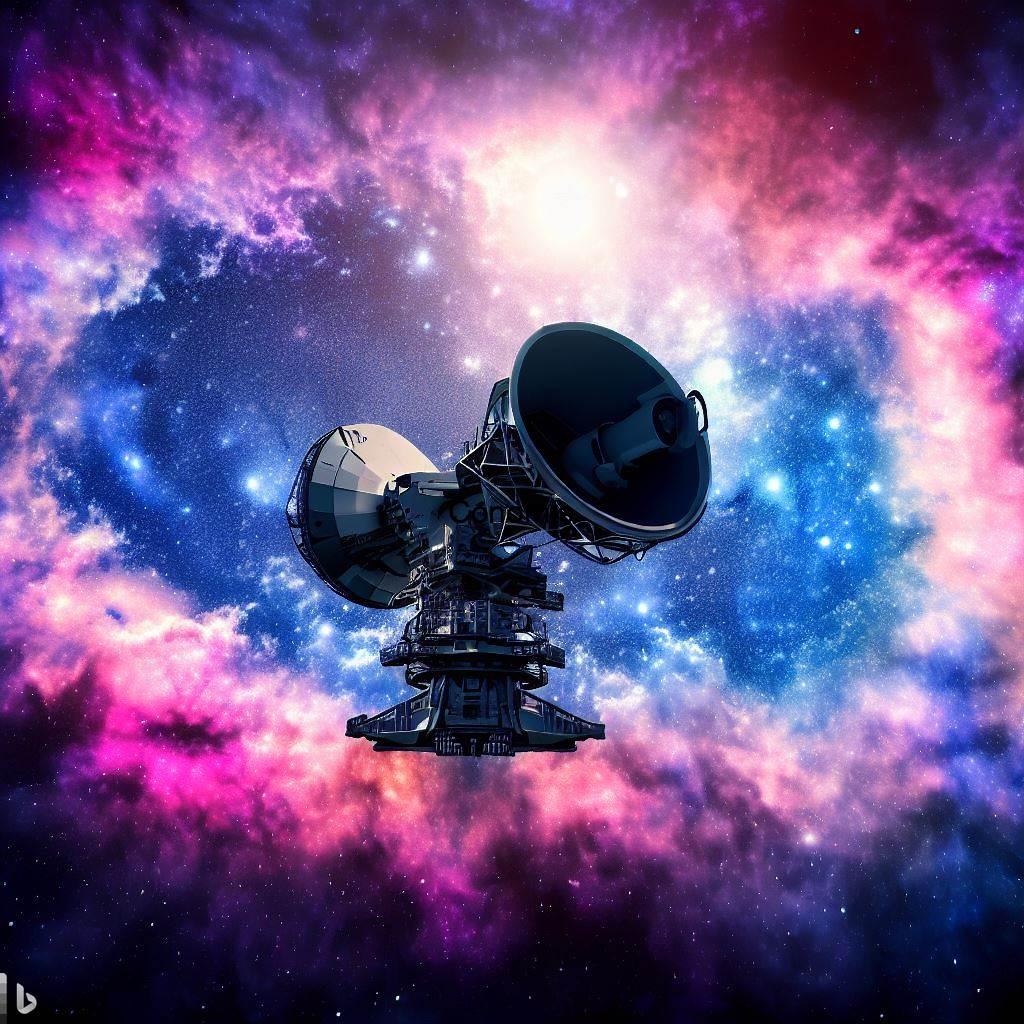
Furthermore, the telescope will probe the enigmatic realm of dark energy, driving the accelerated expansion of the universe. By studying distant galaxies and supernovae, scientists aim to understand the profound influence of dark energy on cosmic evolution.
The advent of the Roman Space Telescope signifies a profound step forward in our quest to comprehend the universe’s intricacies. With its unparalleled capabilities, we are poised to make groundbreaking discoveries and rewrite our understanding of the cosmos. As technology continues to advance, the possibilities for exploration seem limitless, fueling our curiosity and propelling humanity towards a future of ever-deepening insights into the cosmos that surrounds us.
Searching for Life in Space: A Cosmic Quest
Among the most profound questions that have captivated humanity for centuries is the enigma of whether we are alone in the vast expanse of the universe. Addressing this age-old query, space telescopes have emerged as indispensable tools in the quest for extraterrestrial life. These remarkable instruments are at the forefront of the search, assisting scientists in identifying potentially habitable exoplanets and scrutinizing their atmospheres for telltale signs of life.
Exoplanets, planets orbiting stars beyond our solar system, hold the promise of harboring life beyond Earth. Space telescopes, with their powerful sensors and advanced technologies, enable astronomers to detect and characterize these distant worlds. By observing the subtle changes in a star’s light caused by the passage of an exoplanet in front of it, known as the transit method, scientists can infer the planet’s size, distance from its star, and even its potential to support life.

The next crucial step in the search for extraterrestrial life is the analysis of exoplanet atmospheres. Space telescopes are equipped with spectroscopic instruments that disentangle the light passing through an exoplanet’s atmosphere, revealing the chemical composition and the presence of molecules, such as oxygen, methane, or water vapor, which could signify the presence of life.
With each new discovery, space telescopes inch us closer to uncovering the answer to one of humanity’s most profound questions. While the search for extraterrestrial life remains ongoing, the tireless pursuit of knowledge and the collective efforts of scientists worldwide continue to fuel our fascination with the possibility of life beyond our home planet. As space telescopes continue to advance and new missions are launched, we stand on the precipice of remarkable breakthroughs that could forever alter our understanding of the cosmos and our place within it.
Conclusion
The evolution of space telescopes, from the pioneering Hubble to the cutting-edge Webb, stands as a testament to human ingenuity and curiosity in our unyielding pursuit of cosmic knowledge. These extraordinary instruments have revolutionized our understanding of the universe, offering us breathtaking views of distant galaxies and celestial wonders. As we venture further into the cosmos, the indispensable contributions of system engineers, precision manufacturing, and meticulous planning will continue to shape the future of space missions.
The Hubble Space Telescope, launched in 1990, forever changed our perspective of the cosmos. With its unobstructed view beyond Earth’s atmosphere, Hubble captured awe-inspiring images and provided invaluable scientific data, pushing the frontiers of our knowledge.
The James Webb Space Telescope, the successor to Hubble, promises to unveil even greater cosmic mysteries. Equipped with state-of-the-art technology, Webb is set to explore the early universe, peer into distant galaxies, and analyze exoplanet atmospheres, offering insights into our place in the grand tapestry of the cosmos.
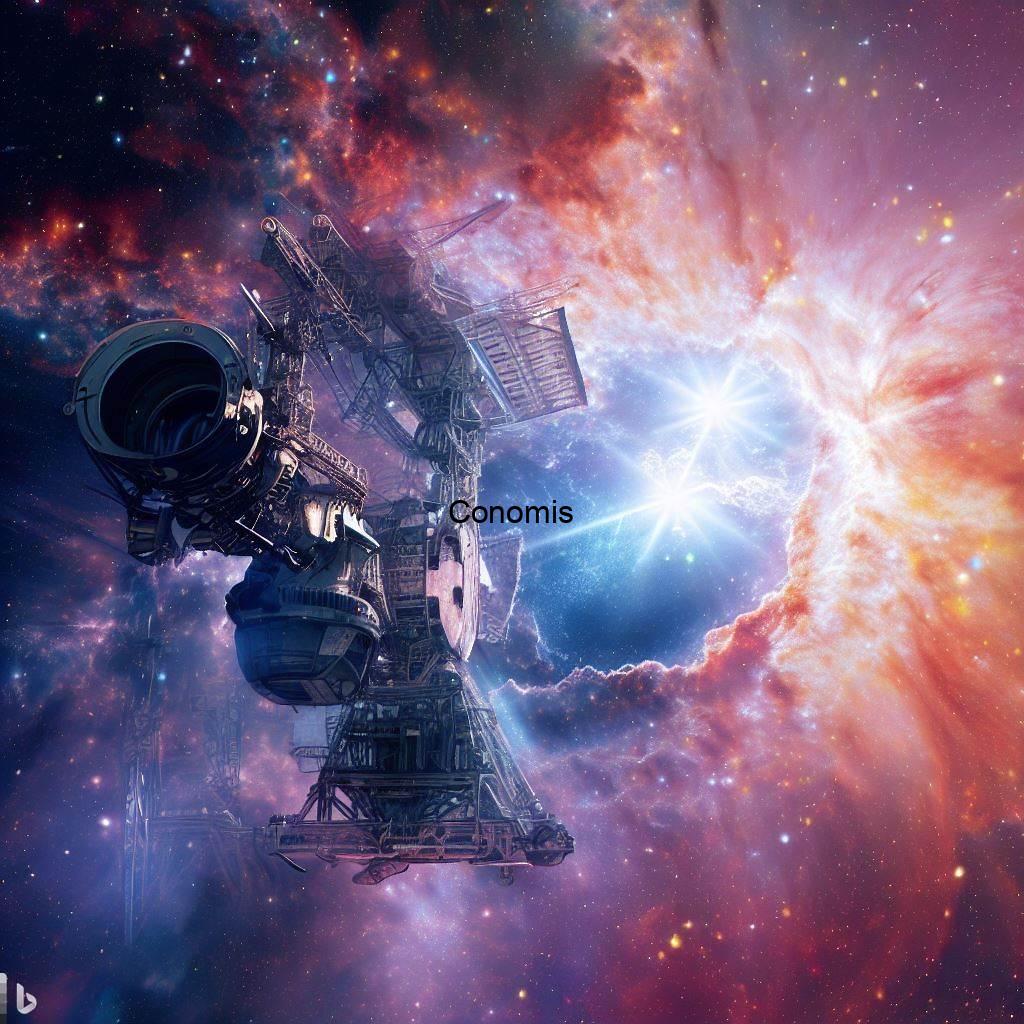
Behind the triumphs of these space telescopes (Hubble and Webb) lies the dedicated work of system engineers, who design and implement the intricate systems that endure the rigours of space exploration. Precision manufacturing ensures that each component is built to withstand the harsh conditions of space, while resilient planning anticipates the unknowns and minimises risks.
As we peer through the lens of space telescopes, we gaze into the ancient past, witnessing the cosmos’ birth and evolution. But it is also a glimpse of the future, where the human spirit of exploration continues to drive us towards new frontiers and discoveries. With every breakthrough, we reaffirm our connection to the cosmos and kindle the flames of wonder and curiosity, propelling humanity towards a future where the mysteries of the universe may one day be fully unraveled.
FAQs
What makes the Hubble Telescope unique?
The Hubble Telescope’s location above Earth’s atmosphere allows it to capture clear images and data without atmospheric distortion, making it an exceptional tool for astronomers.
How does the Webb Telescope differ from Hubble?
The Webb Telescope is designed to observe in the infrared spectrum and possesses a much larger mirror, enabling it to detect fainter and more distant objects than Hubble.
How do space telescopes like Hubble and Webb deal with extreme temperatures in space?
Space telescopes utilize advanced thermal shielding to protect their delicate instruments from extreme heat and cold.
Can space telescopes like Hubble and Webb detect alien civilisations?
While space telescopes can’t directly detect alien civilizations, they help identify potentially habitable planets, narrowing down the search for life beyond Earth.
What is the significance of observing the early universe?
Observing the early universe allows scientists to understand the conditions that led to the formation of galaxies and stars, shedding light on our cosmic origins.
You Can Also Read
Conomis Thoughts
![]() Copyright 2023 CONOMIS
Copyright 2023 CONOMIS


I really appreciate this post. I have been looking all over for this! Thank goodness I found it on Bing. You have made my day! Thx again
Do you have a spam problem on this site; I also am a blogger, and I was wanting to know your situation; many of us have developed some nice procedures and we are looking to swap solutions with others, be sure to shoot me an e-mail if interested.
I precisely had to thank you so much again. I do not know what I would have created without the concepts shown by you concerning such area of interest. It seemed to be a traumatic issue in my circumstances, but looking at your expert mode you managed that took me to leap over gladness. I am just happier for your information and then expect you realize what a great job you were putting in educating other individuals through your web page. Most probably you haven’t encountered all of us.
Hi, I think your blog might be having browser compatibility issues. When I look at your blog site in Opera, it looks fine but when opening in Internet Explorer, it has some overlapping. I just wanted to give you a quick heads up! Other then that, excellent blog!
I?¦ve read several excellent stuff here. Definitely worth bookmarking for revisiting. I wonder how so much effort you put to create this type of excellent informative website.
Thanks for helping out, fantastic information. “Job dissatisfaction is the number one factor in whether you survive your first heart attack.” by Anthony Robbins.
I was very pleased to find this web-site.I wanted to thanks for your time for this wonderful read!! I definitely enjoying every little bit of it and I have you bookmarked to check out new stuff you blog post.
you’re in point of fact a excellent webmaster. The web site loading speed is incredible. It seems that you’re doing any unique trick. Furthermore, The contents are masterwork. you have done a excellent process on this subject!
You made some decent points there. I looked on the internet for the topic and found most persons will go along with with your website.
Some genuinely wonderful work on behalf of the owner of this website , utterly great articles.
I have learn some just right stuff here. Definitely value bookmarking for revisiting. I surprise how much effort you put to create this sort of great informative web site.
I am constantly looking online for articles that can facilitate me. Thank you!
I like what you guys are up too. Such clever work and reporting! Keep up the excellent works guys I’ve incorporated you guys to my blogroll. I think it’ll improve the value of my website :).
Heya! I’m at work surfing around your blog from my new iphone 3gs! Just wanted to say I love reading through your blog and look forward to all your posts! Keep up the fantastic work!
There is obviously a bunch to identify about this. I think you made certain good points in features also.
Appreciate it for this terrific post, I am glad I discovered this web site on yahoo.